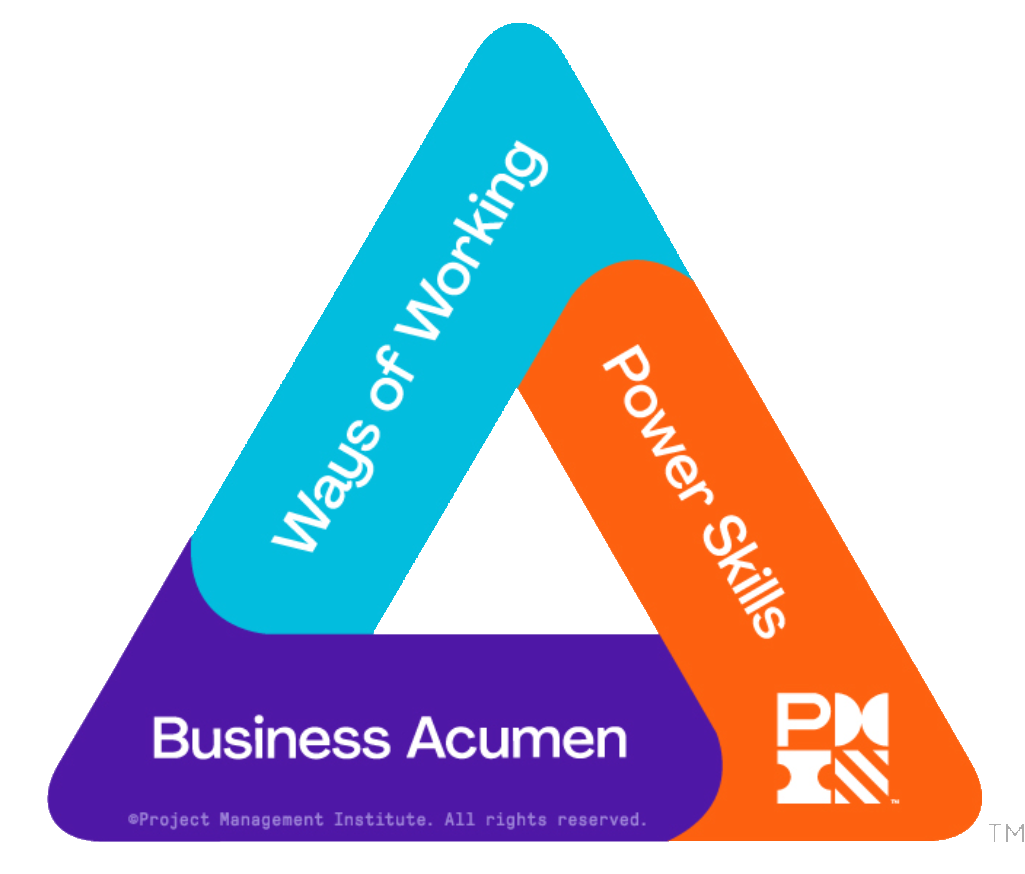Advanced Facilitation Techniques
Group dynamics and group decision-making are key components of project and organization success. Unfortunately, many groups struggle to communicate and achieve their desired outcomes. Facilitation is the key skill that allows business analysts to support groups to find success.
This 2-day course explores the role of the facilitator in helping groups to set and achieve their collective goals. Using experiential learning, this course allows students to work with various facilitation techniques such as visioning, sequential questioning, gallery walk, and multi-voting. In addition to presenting facilitation best practices and theory, this course allows students to develop their constructive feedback and leadership skills. At the completion of the course, students will have completed a multi-session facilitation of a group problem-solving project.
The contents of this course are aligned with the International Association of Facilitators (IAF) core competencies.
Learning Objectives
Participants will gain practical skills to:
- Define facilitation and the role of the facilitator
- Create collaborative client relationships.
- Plan appropriate group processes.
- Create and sustain a participatory environment.
- Guide a group with clear methods and processes.
Who Should Attend
The Advanced Facilitation Techniques course is appropriate for individuals who are:
- Business Analysts
- Project Managers
- Senior Managers, Product Managers
- Developers, Quality Assurance resources
- Subject matter experts, other project resources
Prerequisite
There is no formal pre-requisite for this course; however, as this is an advanced course, it is expected that participants have relevant work experience and training to draw upon to help them understand how to incorporate the new practices introduced in this course into their work practices.
Materials
The course binder contains presentation content, case studies, exercises, and suggested solutions.
What You Will Learn
|
Introduction
Create Collaborative Client Relationships
Plan Appropriate Group Processes
|
Create and Sustain a Participatory Environment
Guide the Group to Appropriate and Useful Outcomes
Wrap Up |

 The following table provides the breakdown of the professional development units (PDUs) for this course aligned with the PMI Talent TriangleTM.
The following table provides the breakdown of the professional development units (PDUs) for this course aligned with the PMI Talent TriangleTM.